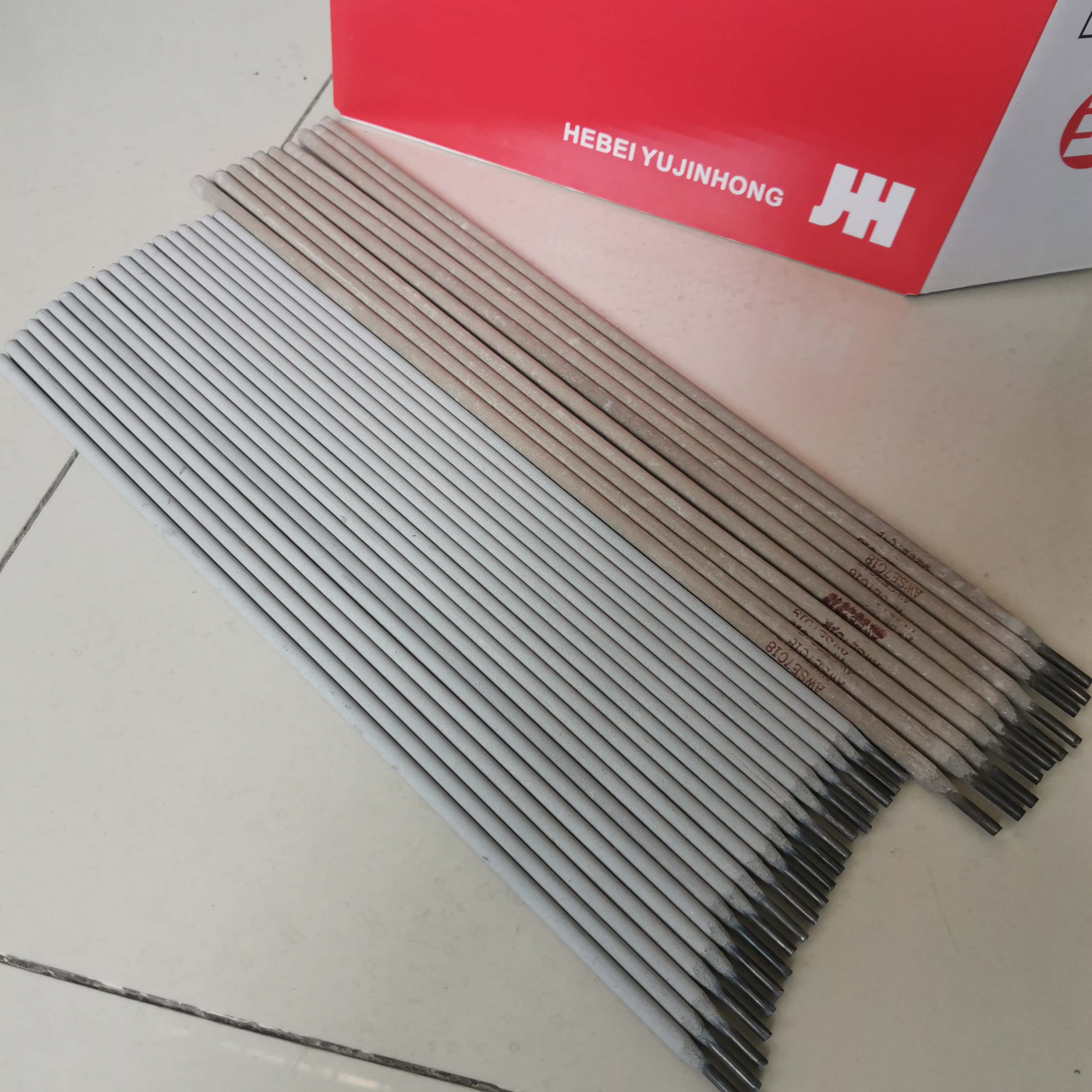Understanding the Basics and Techniques of Stick Arc Welding Methods
Stick Arc Welding An Overview
Stick arc welding, also known as Shielded Metal Arc Welding (SMAW), is a widely used welding process that has stood the test of time due to its effectiveness and versatility. This technique is particularly favored in various industries, including construction, manufacturing, and repair work, due to its ability to produce strong, durable welds in a range of materials.
The process of stick arc welding involves using a consumable electrode coated in flux. When an electric current passes through the electrode, it creates an arc between the electrode and the workpiece. This intense heat melts both the electrode and the workpiece, allowing a molten pool of metal to form. As the molten metal cools, it solidifies and forms a strong bond, effectively joining the two pieces of metal together.
One of the primary advantages of stick arc welding is its simplicity and ease of use. The equipment required is relatively minimal compared to other welding methods, making it accessible for both professionals and hobbyists. Additionally, stick welding can be performed in a variety of positions, which adds to its versatility in the field. This adaptability makes it suitable for outdoor work, as it can be used in windy conditions where other welding methods might struggle.
stick arc welding

Moreover, the flux coating on the electrode serves a critical purpose. It protects the molten weld pool from atmospheric contamination, which could weaken the weld. The flux also generates gases that form a shield around the weld area, further enhancing the quality of the weld and preventing defects. As a result, stick arc welding can produce high-quality welds on various materials, including mild steel, stainless steel, and cast iron.
However, stick arc welding does have its challenges. The process can produce slag, which needs to be removed after welding to ensure a clean finish. Additionally, the welder must maintain a proper arc length and travel speed to avoid issues like undercutting or burn-through. Mastering these techniques requires practice and skill, which can be a hurdle for beginners.
In recent years, advancements in technology have led to the development of more sophisticated welding electrodes and equipment, enhancing the efficiency and quality of stick arc welding. Newer electrodes are designed to improve arc stability and reduce spatter, making the process even more user-friendly.
In conclusion, stick arc welding remains a vital and reliable welding method, appreciated for its simplicity and effectiveness. Whether in professional settings or DIY projects, its ability to deliver strong welds in various conditions ensures its continued relevance in the ever-evolving world of fabrication and manufacturing. As technology continues to advance, the future of stick arc welding looks promising, ensuring that it will maintain its place in the welding landscape for years to come.
-
J506 Welding Rod: High-Strength, Crack-Resistant ElectrodeNewsAug.23,2025
-
E71T-1 Shielding Gas for Superior Welding Quality & EfficiencyNewsAug.22,2025
-
E316L Welding Rod: Premium 316L Stainless Steel WeldsNewsAug.11,2025
-
Premium SG2 Welding Wire | High-Quality MIG/MAG for SteelNewsAug.10,2025
-
E309 Welding Electrode: Premium Stainless Steel Stick RodsNewsAug.09,2025
-
Premium Solid MIG Wire for Strong, Reliable WeldsNewsAug.08,2025


